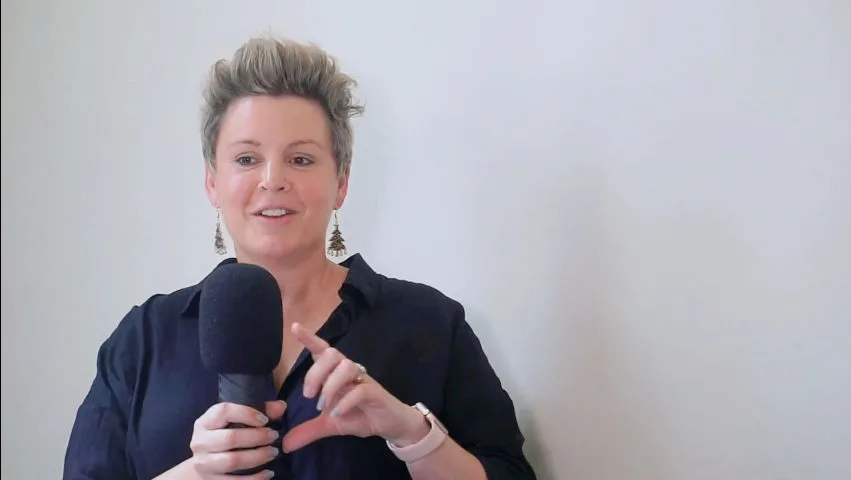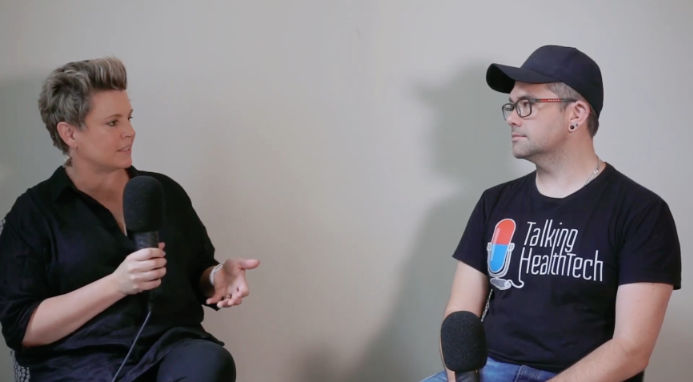Talking HealthTech: 327 – The untapped potential of digital care coordination. Leanne Anderson, Data Capture Experts

Source: talkinghealthtech.com

Provided by:
Talking HealthTech
Published on:
3 February 2023
Joining Pete for this episode is Leanne Anderson from Data Capture Experts (DCE). In this episode, they discuss digital care coordination, the benefits of getting clinical data upfront for billing and reporting, balancing a purpose-driven and a flexible solution plus, lots more.
Meet Leanne Anderson
Leanne Anderson is the Account Director at Data Capture Experts, and she started out as a Medical Laboratory Scientist, which saw her working in pathology labs in small, rural and regional hospitals for the first fourteen years of her career. She diverted to public health once she got to the management stage and went on to work at Bendigo Health in Clinical and Operational leadership roles for thirteen years.
Leanne moved on to become the director of Cancer Services at Bendigo Health for four years. She developed an interest in digital health, leading to a CHIA certification and a Clinical Transformation role. Then COVID-19 came into play, so Leanne started up the contact tracing unit for the Loddon Mallee region under the public health umbrella.
It’s been almost a year since Leanne decided to step out of public health and ultimately into her current role at Data Capture Experts. Now, she is bringing all of that experience in health and hospital systems to a software company to help inform that platform and help health organisations design and implement their digital solution, with the goal of making it easy and safe to provide excellent patient care.
More About Data Capture Experts (DCE)
DCE has been operating in Melbourne for just over eleven years, and this company has a care coordination platform. It is a platform that can be used right across the board in community health, mental health and acute hospitals, for example.
This system is being built by someone in technology who is learning from clinicians. He spent a lot of time with clinicians and with different clinical groups to learn about health and then applied his technological background to that acquired clinical knowledge rather than doing it the other way around. Therefore, instead of just looking for a problem to solve, DCE has taken the approach of first understanding what clinicians need and then building for it.
Their goal is to make it good and make it easy for the clinicians to provide care; as such, DCE tries to create the system as nimble and flexible as possible so that when they work with a new client, they can be quite agile in the way that they build the client’s workflows.
Does the DCE System Fit into the Hospital Setting Like an EMR?
Typically an EMR collects a lot of data, and you can plug lots of information into it, but it is quite static the way that it works. What DCE has built is care coordination because it is just a bit more than an EMR (the next generation of EMRs).
It works in a way that a clinician can determine the funding and the reporting requirements of a patient at the very beginning. Therefore, when a referral is received, the clinician and the admin staff all know at that point in time what sort of referral, funding model and reporting will be required.
Starting at the referral, you would do your assessments and care plans and schedule all of those care plans, but along the way, the data that is collected is the data that is needed at the very end for the billing and the reporting. So, you eliminate the need for someone to go back and count the number of appointments etc. If you collected those data points all along the way, when you get to the end, not only have you provided the care, but you’ve also picked up all the information you need to do billing accurately and all of the reporting, especially in the public sector where the statutory reporting workload is massive.
Using this approach promotes digital care coordination because the digital system should do some of the work for you. If you tell it that you’ve got this referral for this patient under this funding model, it then knows which pieces of data to collect along the way. Then the reporting will just be automated at the end.
THT’s Spring Summit- Digital Care Coordination
During the recent THT Spring Summit, Leanne chaired the Digital Care Coordination Session, which covered the deployment of the community platform across the Loddon Mallee region. The panel looked at Lodden Mallee’s clever and strategic approach in formulating a system of architecture across their region, allowing the deployment of one system to different sites and its use for whatever programs they needed.
Because they were deploying it across such a wide variety, DCE needed to ensure that the same system could work for specialist clinics, community health, community nursing, district nursing etc. It needed to be the same platform that can manage all those different funding, reporting, and scheduling types and clinicians.
It then means they can share some of that knowledge so that they do not have to learn how to use the system on their own. They are able to leverage each other. DCE was also able to work very rapidly with them throughout the pandemic, which meant they started a new module and were able to deploy and roll it out across sixteen sites in twenty-five days to manage all of those COVID patients.
More recently, during the floods in Victoria, DCE received a call from the Loddon Mallee region on a Friday evening. The problem being faced was all these people that were displaced without healthcare access.
Five days later, DCE deployed an entirely new module facilitating the monitoring, management and assessment of these people as they went into evacuation centres to determine what they needed in order to connect them with the local care facilities. Interestingly, they specifically developed this module so that it can be used in any natural disaster.
Finding the Balance Between a Built-for-purpose and a Flexible Solution
From the very beginning, DCE’s overall architecture has been really smart and intentional. As such, it can actually be adapted pretty quickly and easily. Frankly, that’s what is needed in health because health is not static; it doesn’t stay the same. So, being agile and nimble in the way that you build things so that you can adapt them is key.
What Areas is the DCE System Best For?
Though the solution can be applied in basically any field, it really shines in mental health and community health services. Anywhere you have multidisciplinary or long-term care is probably where the product is worthwhile because it can help you sort out the requirements of that patient over time. For example, if you’ve done the functional assessment once, you don’t need to do it three times by three different clinicians, which is what often happens otherwise.
Connecting to the Healthcare Ecosystem
There are already so many silos of information within the healthcare ecosystem it wouldn’t make sense to add more. As such, one of the first things DCE did was to make sure that all documents could be uploaded to My Health Record automatically. The other key piece of it is to ensure that whatever way you are building your system, you use interoperability standards. So, if you build your product in a standards-based fashion, then when there is something to connect to, you’ll be able to plug it in.
The Future for Data Capture Experts
DCE has a few exciting projects going live early in the new year. Such as:
-
One of their fertility customer’s system will be live by January
-
They’ve just picked up a new project with a hospital in Papua New Guinea
-
They will be placing more emphasis on the mental health space
2023 will also have DCE focusing on virtual care as well, including wearables.


